Top Things to Know Before Buying a Hydroponic System Design
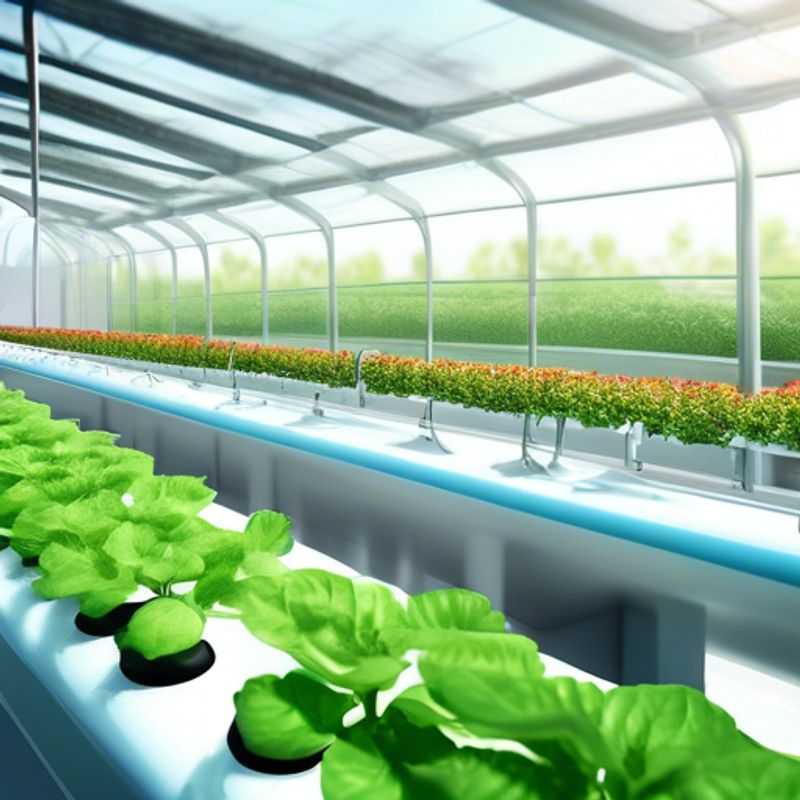
Top Things to Know Before Buying a Hydroponic System Design: A Guide for the Curious Cultivator
Embarking on the fascinating world of hydroponics is an exciting journey, but before you dive in headfirst, there are crucial factors to consider. It's like building a rocket – you need to ensure every component works together seamlessly. Let's delve into some key considerations for designing your hydroponic system.
Firstly, understanding the different types of hydroponic systems is paramount. Each system, from the classic drip system to the innovative deep water culture, has its unique advantages and disadvantages. For instance, a drip system offers precise nutrient delivery, while a deep water culture system excels in maximizing space and yield. Choosing the system that best suits your needs and growing ambitions is key.
Next, space is a critical factor. Assess the available space and plan the system's layout accordingly. Consider the size of your plants and the necessary room for equipment. A well-planned layout ensures efficient use of space and facilitates easy access for maintenance.
Don't underestimate the financial implications. Analyze the initial investment cost for the system, including equipment, nutrients, and other essentials. Also, factor in ongoing maintenance costs such as energy consumption, nutrient replenishment, and potential repairs. A realistic budget will guide you in choosing the right system and prevent any financial surprises.
Equipment is the backbone of your hydroponic setup. Familiarize yourself with the essential components – pumps, timers, grow lights, and nutrient tanks. Knowing how these components work together is essential for system operation and troubleshooting.
As with any plant cultivation, understanding the ideal growing conditions for your chosen crops is crucial. Research the optimal light levels, temperature range, and water quality for optimal plant growth. A well-controlled environment will ensure your plants thrive and produce bountiful yields.
Lastly, monitoring is vital. Develop a plan for regularly checking the system's performance, including nutrient levels, pH balance, and water temperature. Regularly adjusting the system based on the monitoring results ensures its optimal function and plant health.
By embracing these considerations, you'll be well-equipped to design and build a successful hydroponic system that yields delicious and healthy harvests. Happy growing!
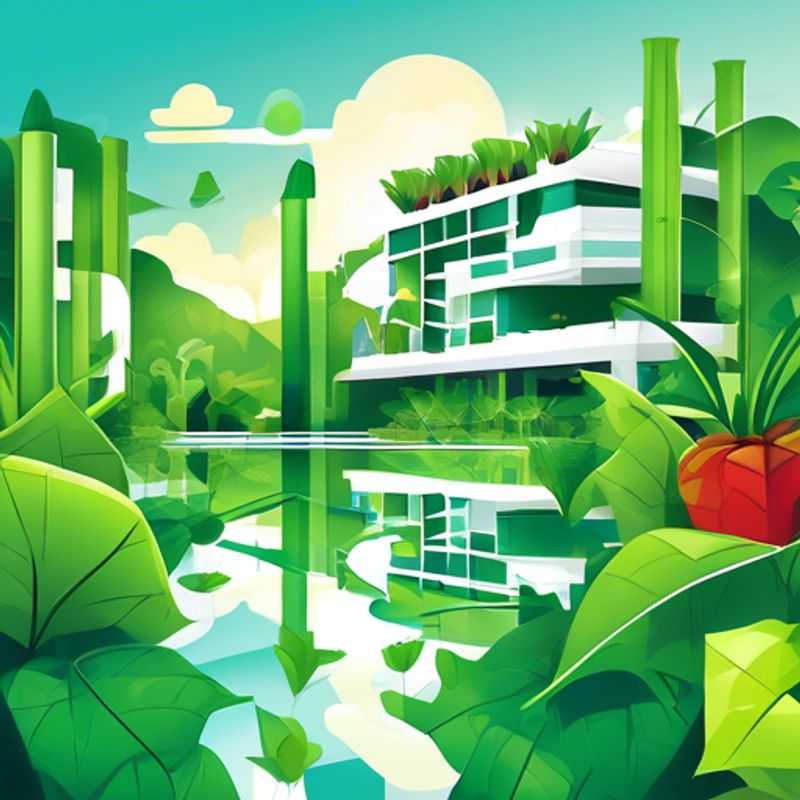
Hydroponic Systems Unveiled: A Deep Dive into Different Types and Their Advantages
Hydroponics is a method of growing plants without soil, using nutrient-rich water solutions. It offers various advantages over traditional gardening, including increased yields, reduced water usage, and pest control. Let's dive into the different types of hydroponic systems and their benefits:
Deep Water Culture (DWC) systems are simple and cost-effective. Plants grow in net pots suspended in oxygenated nutrient solution. These systems are suitable for beginners and can be scaled up for larger production.
Ebb and Flow (Flood and Drain) systems periodically flood the plant roots with nutrient solution and then drain it, creating a cycle for optimal growth. These systems provide consistent moisture while allowing for aeration and are a good choice for various plants.
Wick System is a passive system where plants draw nutrient solution through a wick. It's a good choice for small-scale growing and requires minimal maintenance.
Aeroponic Systems mist plant roots directly with nutrient-rich solution, providing optimal oxygenation and rapid growth. While more advanced, this system offers significant yield potential.
NFT (Nutrient Film Technique) systems are a more sophisticated approach where a thin film of nutrient solution flows continuously over the plant roots. This system offers high yields and excellent root aeration.
Choosing the right hydroponic system depends on your specific needs, budget, and available space. You can find ready-made kits or build your own system. There are various resources available online and in gardening stores to help you make an informed decision. Remember to factor in the cost of materials, equipment, and nutrients when planning your hydroponic setup.
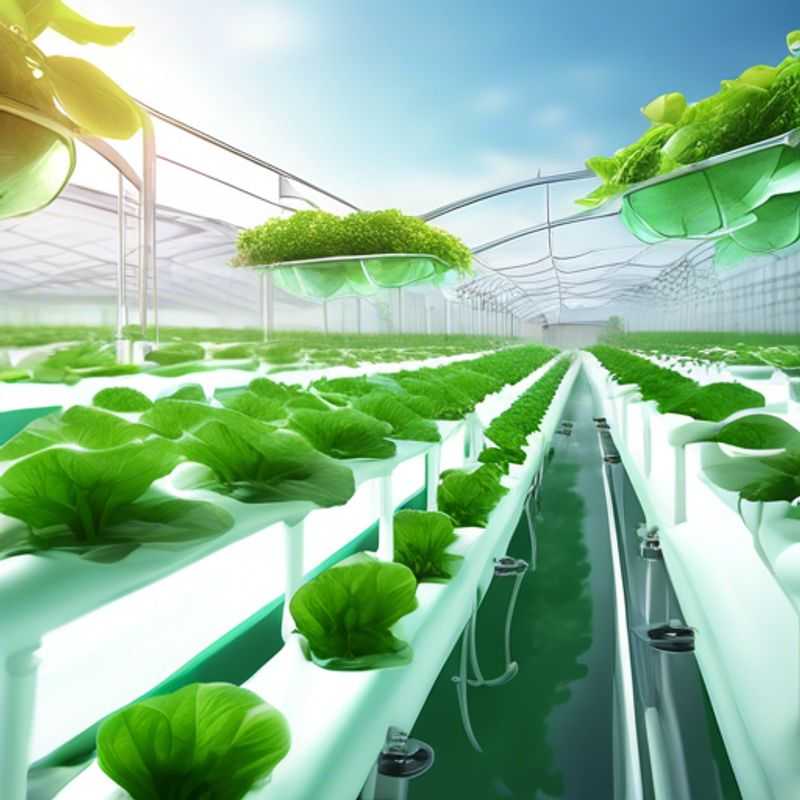
Space Planning 101: Designing Your System's Footprint
Before diving into building your system, it's crucial to understand the space it needs. Research the space requirements and layout for your desired system is a critical step. This involves a few key considerations.
First, determine the physical dimensions of your system components. This includes everything from servers and network equipment to workstations and cooling systems. Take into account the space needed for cabling and airflow.
Next, consider the layout of your system. This involves planning the placement of your equipment to ensure efficient airflow, easy access for maintenance, and optimal network connectivity. Visualize the flow of data and traffic within your system. This can help identify potential bottlenecks and optimize space utilization.
Don't forget about environmental factors like temperature, humidity, and dust. These can significantly impact the performance and longevity of your system. Consult with professionals to ensure your environment meets the requirements of your equipment.
Lastly, consider future scalability. Will your system need to expand in the future? Leave room for growth to avoid costly and disruptive relocations.
Researching space requirements and layout upfront can save you headaches and potential problems down the line. It ensures you have the right infrastructure for your system, now and in the future.

Investing Wisely: Balancing Initial Costs and Ongoing Maintenance
When considering the initial investment and ongoing maintenance costs, it's crucial to understand that these expenses are fundamental to the long-term success of any project. This applies to both hardware and software, where understanding the financial implications of each is vital.
The initial investment includes the cost of acquiring the necessary hardware and software. It's often tempting to focus solely on upfront costs, but overlooking ongoing maintenance can lead to significant unforeseen expenses. This cost includes aspects like regular software updates, technical support, and potential repairs. These costs may vary based on the complexity of the technology and the nature of the software being used.
For instance, software licensing often requires recurring payments. Moreover, some hardware might require specific environmental conditions like temperature control, potentially leading to extra costs for dedicated infrastructure.
To effectively manage these costs, it's recommended to develop a comprehensive budget plan, including the initial investment and anticipated maintenance expenses over the product's projected lifespan. This proactive approach ensures that you have a clear financial picture and avoid unexpected surprises down the line. Always remember to factor in the cost of training, which is a critical element of ensuring successful operation and long-term usability.
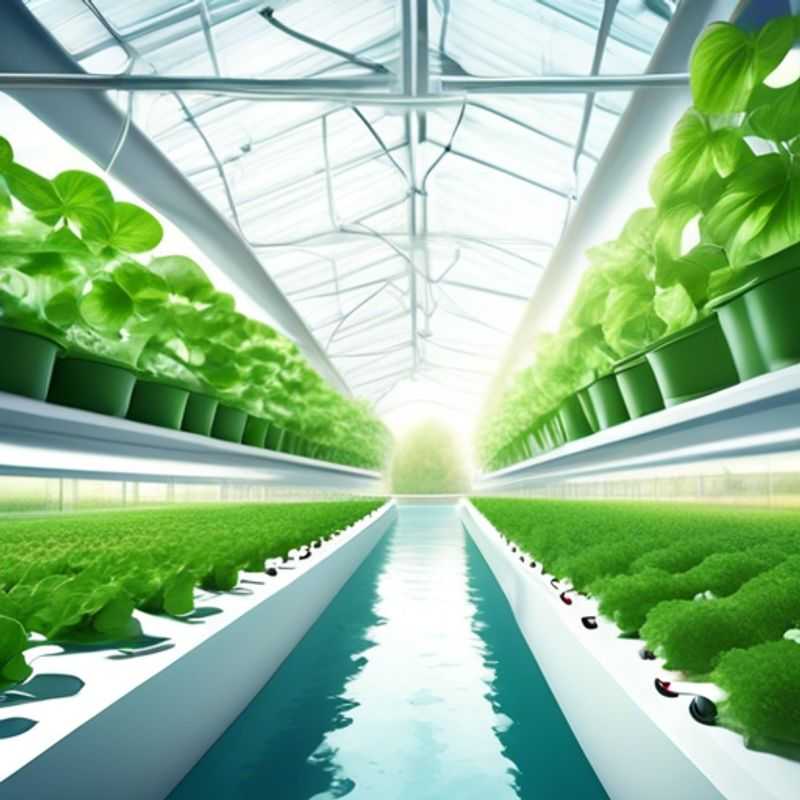
Get to Know Your Tools: Essential Equipment and Components Explained
Familiarizing yourself with the necessary equipment and components is crucial for any project involving technology. It allows you to understand the capabilities and limitations of the system, and to make informed decisions about its use. When choosing equipment, consider the specific needs of your project. For instance, if you're building a computer, you'll need a processor, memory, storage, and a motherboard, among other components. The same goes for other applications, such as building a robot or a drone. Each project has its own unique set of requirements, and understanding these needs is the first step in acquiring the right components.
Once you've identified the necessary equipment, you'll need to gather the components. This can involve purchasing new items or sourcing used equipment. If you're buying new, be sure to compare prices and features from different vendors to ensure you're getting the best deal. If you're using used equipment, be sure to test it thoroughly before incorporating it into your project.
After acquiring the necessary equipment, you'll need to assemble and configure it. This step involves connecting the components and setting up the software. This process can vary depending on the complexity of your project. For simple projects, you may be able to assemble the equipment yourself. However, for more complex projects, it may be necessary to seek professional assistance.
Finally, it's important to test your system thoroughly to ensure it's functioning correctly. This involves running tests to validate that the system is meeting your performance requirements. Once you're satisfied with the results, you can begin using the equipment for your project. Regular maintenance is also crucial to ensure your system remains in optimal condition. This can include cleaning the equipment, updating the software, and replacing worn-out parts.
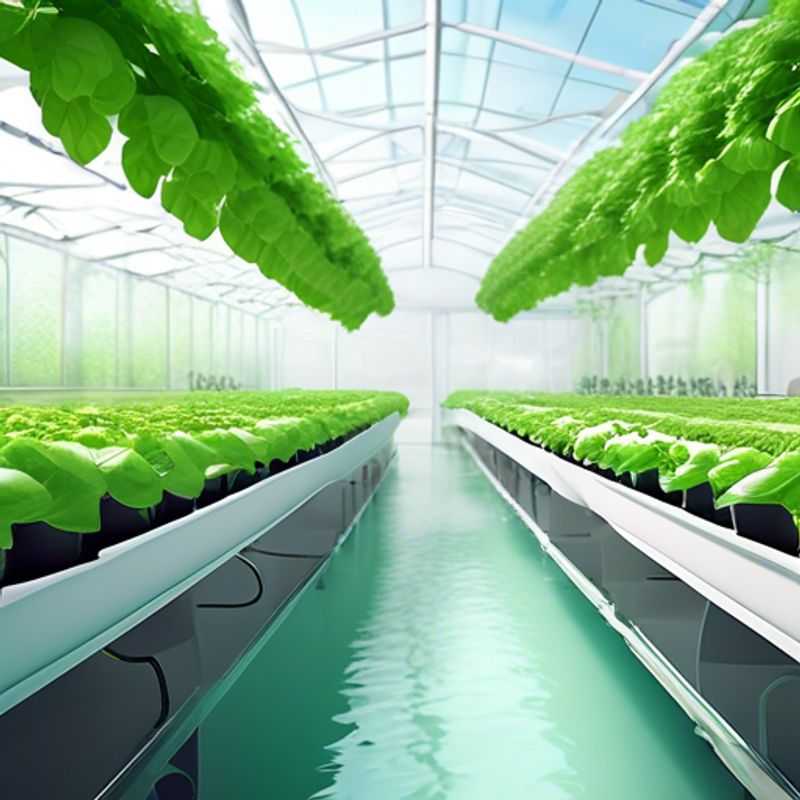
Unlocking Your Plants' Potential: A Guide to Optimal Growing Conditions
Understanding the optimal growing conditions for your plants is essential for their health and vitality. Light, water, temperature, humidity, and nutrients are the primary factors influencing plant growth.
Light is crucial for photosynthesis, the process plants use to produce energy. Each plant has specific light requirements; some thrive in full sun, while others prefer shade. Water is equally important, providing hydration and transporting nutrients. However, overwatering can lead to root rot. Temperature plays a significant role in plant growth; each species has a preferred temperature range. Humidity levels also influence plant health, as some plants require high humidity, while others thrive in drier environments.
Nutrients are vital for plant development and can be provided through soil or fertilizer. Understanding the specific needs of each plant species is crucial for providing the right nutrients. You can test your soil to determine its nutrient content and adjust accordingly.
Providing the optimal growing conditions for your plants involves careful observation and adjustments. By understanding the factors that influence plant growth, you can create a thriving garden or indoor plant collection.
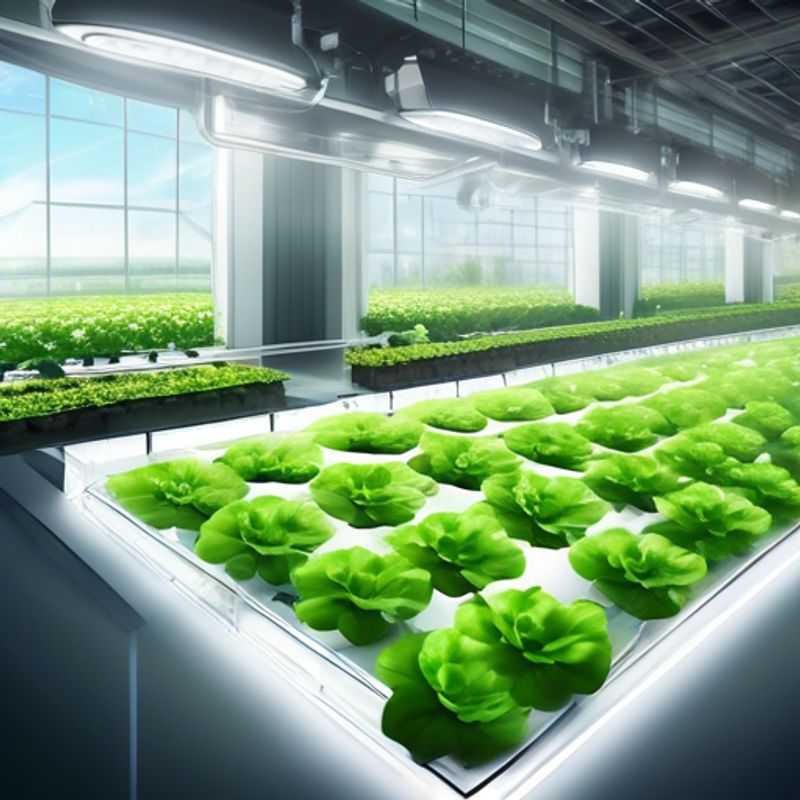
System Monitoring and Adjustment: A Roadmap to Continuous Optimization
Developing a plan for monitoring and adjusting a system is crucial for its smooth operation and optimal performance. It involves establishing a framework for continuous observation, analysis, and adaptation to ensure the system meets its intended goals and objectives.
The core elements of a monitoring and adjustment plan include:
1. Defining Key Performance Indicators (KPIs): Identify the most important metrics that reflect the system's health, efficiency, and effectiveness. These KPIs should be quantifiable and relevant to the system's purpose.
2. Establishing Monitoring Tools and Processes: Select suitable tools and techniques for collecting data on the defined KPIs. This might involve using network monitoring software, system logs, performance dashboards, and other relevant resources.
3. Setting Thresholds and Alerts: Define acceptable ranges for the KPIs and set up alerts to notify you when the system deviates from these ranges. This helps in timely detection of potential issues and facilitates proactive adjustments.
4. Analyzing Data and Identifying Trends: Regularly analyze the collected data to identify patterns and trends. This helps in understanding the system's behavior, identifying areas for improvement, and optimizing its performance.
5. Implementing Adjustments: Based on the analysis, implement necessary adjustments to the system. These might include:
- Configuration changes: Tweaking system settings to improve efficiency or resource utilization.
- Software updates: Installing patches or new versions to address vulnerabilities or enhance performance.
- Hardware upgrades: Increasing processing power or storage capacity to meet growing demands.
6. Continuous Improvement: Regularly evaluate the monitoring and adjustment process and seek ways to improve its effectiveness. This might involve refining KPIs, adopting new monitoring tools, or streamlining the adjustment workflow.
By implementing this plan, you can ensure the system operates reliably, efficiently, and effectively, meeting the desired outcomes and adapting to changing needs.
Remember, the specific details of your monitoring and adjustment plan will depend on the nature of your system, its purpose, and your organization's specific requirements.
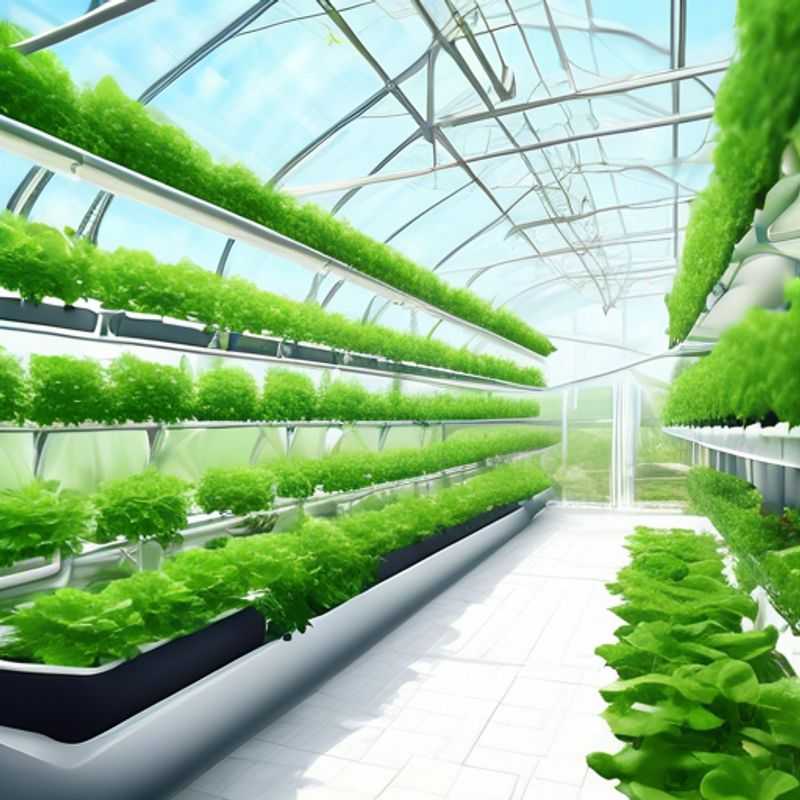
Nourishing the Earth: Best Practices for Nutrient Management
Nutrient management is a crucial aspect of sustainable agriculture. It involves optimizing the use of nutrients to maximize crop production while minimizing environmental impacts. To optimize nutrient management, it's crucial to understand your soil's nutrient content, assess your crops' needs, and select the appropriate fertilizer types and application methods.
Here are some key best practices for nutrient management:
1. Soil Testing: Regular soil testing is essential to determine the nutrient content of your soil. This allows you to tailor fertilizer applications to your specific needs, preventing over-application and minimizing nutrient runoff.
2. Crop Nutrient Requirements: Understand the nutrient requirements of your crops. Different crops have varying needs for specific nutrients, such as nitrogen, phosphorus, and potassium. This information helps you choose the right fertilizers and apply them effectively.
3. Organic Matter Management: Building up soil organic matter is crucial for improving soil health and nutrient retention. Incorporating crop residues, compost, or manure enhances soil structure and nutrient availability. It also helps in reducing the need for synthetic fertilizers.
4. Precision Application: Use precision farming techniques, such as variable-rate fertilization, to tailor nutrient application to specific areas within your field. This minimizes nutrient loss and ensures optimal nutrient delivery to crops.
5. Conservation Tillage: Minimize soil disturbance through conservation tillage practices. This helps retain soil organic matter and reduces nutrient loss through erosion. It also promotes the growth of beneficial soil microbes.
6. Cover Cropping: Planting cover crops between cash crops can enhance soil health and nutrient cycling. Cover crops can help prevent erosion, improve soil structure, and increase nutrient availability.
7. Integrated Pest Management (IPM): Implement IPM practices to control pests and diseases without relying heavily on synthetic chemicals. This can reduce the need for fertilizers and minimize environmental impacts.
8. Water Management: Optimize irrigation practices to prevent excessive water application. This minimizes nutrient leaching and ensures efficient nutrient uptake by crops. Choose water-efficient irrigation systems like drip irrigation.
9. Rotations and Diversification: Include crop rotations and diversify your cropping system to improve soil health and reduce pest pressure. Different crops have varying nutrient requirements and can contribute to a balanced nutrient cycle.
10. Monitoring and Evaluation: Continuously monitor nutrient levels in your soil and adjust your management practices accordingly. Use yield data and soil tests to evaluate the effectiveness of your nutrient management strategies.
